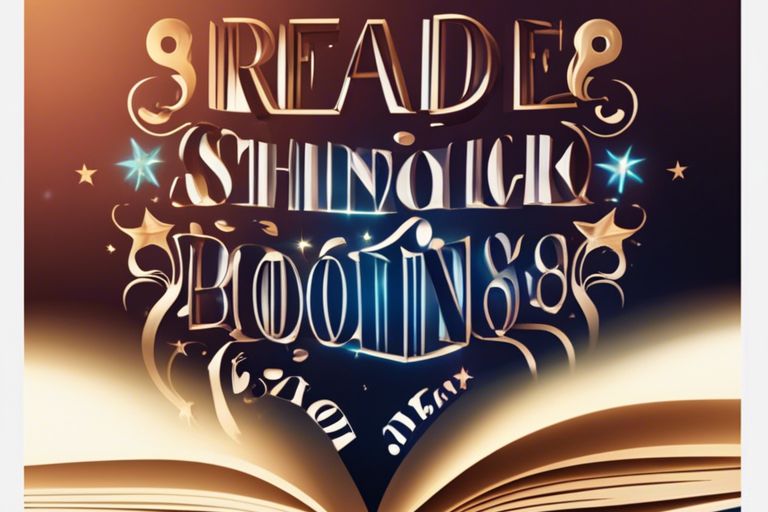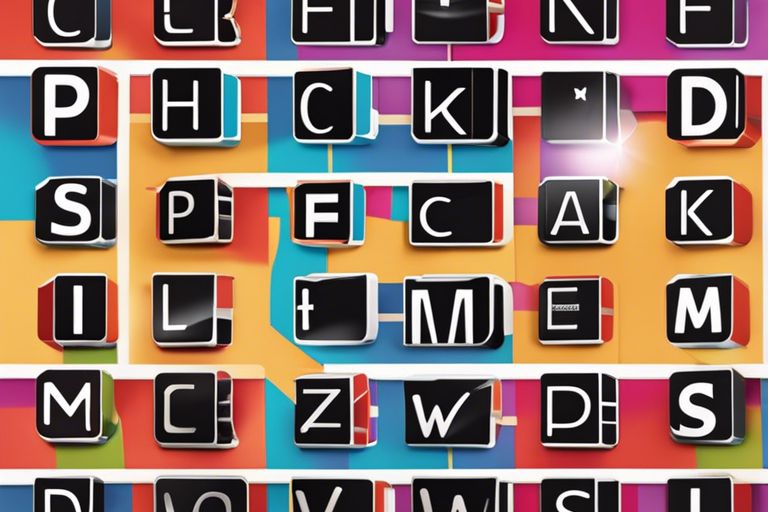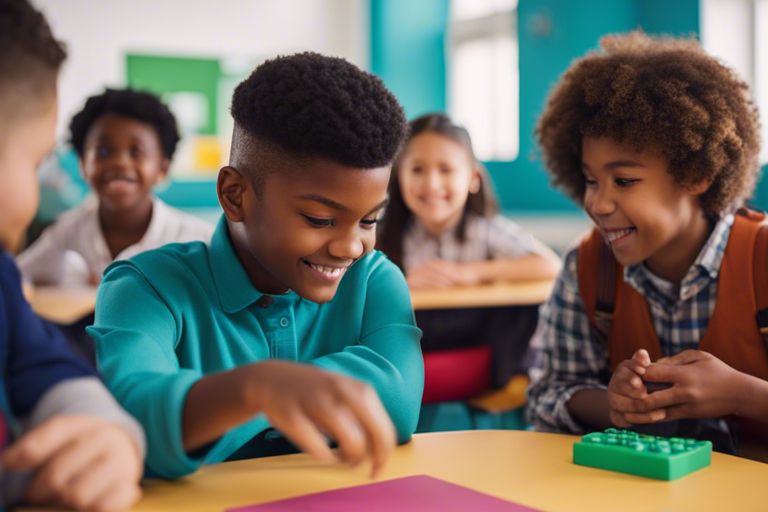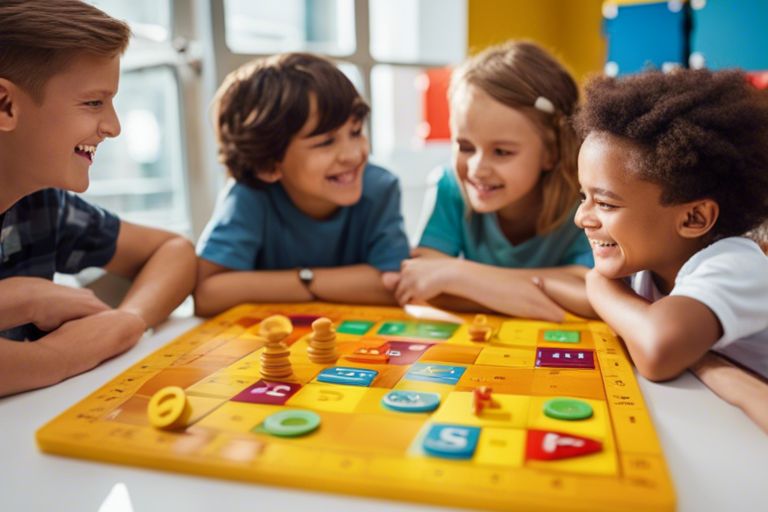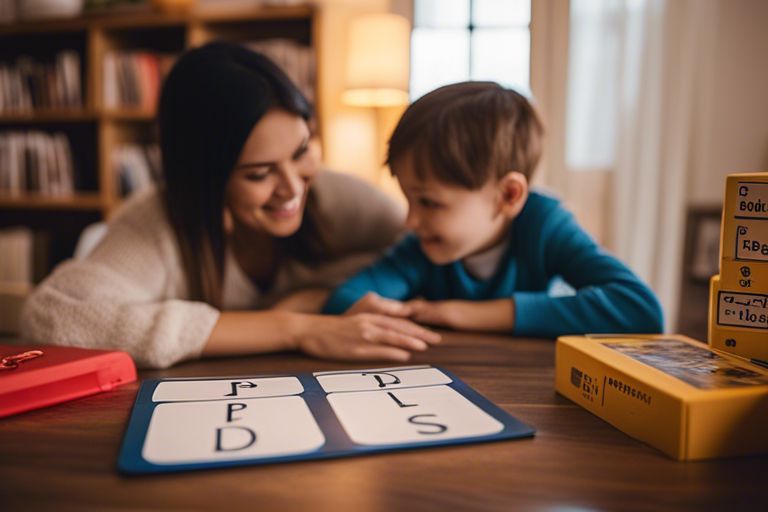Most educators agree that phonics is an vital skill for young children to develop in their early years of education. Phonics activities for Reception are crucial for laying the foundation for children to become confident readers and writers. By engaging in fun and interactive phonics activities, children in Reception can improve their letter recognition, sound recognition, and blending skills. In this blog post, we will explore a variety of effective phonics activities specifically designed for Reception-aged children to enhance their literacy development and set them up for success in their educational journey.
Key Takeaways:
- Interactive: Phonics activities for Reception should be interactive to engage young learners and make learning enjoyable.
- Multi-sensory: Incorporating different senses like sight, sound, and touch in phonics activities can enhance learning and retention.
- Repetition: Practice and repetition are key in phonics activities for Reception to help children master letter sounds and blending skills.
Understanding Phonics in Reception
The Essence of Phonics in Early Education
For young children in Reception, phonics is the foundation of early literacy skills. It involves teaching children the sounds that letters make, which helps them to decode and read words. Phonics is a crucial aspect of learning to read and write, as it provides children with the tools needed to become confident readers.
Learning Milestones for Phonics in Reception
Essence known to be, in Reception, children typically begin by learning single letter sounds (e.g. ‘b’ for ‘bat’) before progressing to blending these sounds to read simple words. They also learn common digraphs (two letters representing one sound, e.g. ‘sh’ in ‘ship’) and trigraphs (three letters representing one sound, e.g. ‘igh’ in ‘night’). By the end of Reception, children are expected to be able to blend sounds confidently to read and write simple sentences.
Key Phonics Skills for Reception
Mastering Letter Recognition
Little learners in Reception need to focus on mastering letter recognition as it forms the basis of phonics learning. The ability to quickly identify and name letters is crucial for developing reading and writing skills.
Building Sound Association Mastery
The development of sound association mastery is imperative for young students. This involves linking the sounds of letters to their corresponding symbols. Through fun and interactive activities, children can strengthen their understanding of how letters represent specific sounds in words.
Skills in recognising the relationship between letters and sounds pave the way for improved reading fluency and spelling accuracy. By mastering these foundational phonics skills early on, children can progress more easily to blending sounds to form words.
Blending Sounds to Form Words
On the phonics journey, blending sounds to form words is a pivotal skill to acquire. This involves combining individual sounds together to pronounce and read whole words. Encouraging children to practice blending sounds helps to enhance their reading abilities and overall literacy development.
Forming words by blending sounds enables children to decode written language more effectively, leading to improved reading comprehension and confidence in tackling unfamiliar words.
Segmenting Words into Individual Sounds
Sounds in phonics, segmenting words into individual sounds is a fundamental skill that aids children in spelling and writing. By breaking down words into their constituent sounds, young learners can better understand the spelling patterns and phonetic rules of the English language.
Building a strong foundation in segmenting words helps children become more proficient in spelling and writing, empowering them to express their thoughts and ideas through written language with greater accuracy.
Developing Phonemic Awareness
Mastery in developing phonemic awareness involves honing the ability to identify and manipulate individual sounds in spoken words. By engaging in activities that focus on phonemes, children can enhance their phonological skills, leading to improved reading and writing skills.
For instance, by practising rhyming, blending, and segmenting activities, children can strengthen their phonemic awareness and develop a deeper understanding of the sound structure of language, setting a strong foundation for future literacy achievements.
Fun Phonics Activities for Reception
Phonics Fishing
All Reception children enjoy hands-on activities, and Phonics Fishing is a great way to make learning interactive. Create fish with different letters or sounds written on them and place them in a ‘pond’ (a container). Provide the children with a ‘fishing rod’ (a stick with a magnet attached to a string) and have them ‘fish’ for letters or sounds. This activity not only helps children with letter recognition but also improves their fine motor skills.
Sound Safari
Sound Safari is a phonics game where children go on a hunt around the classroom or outdoor area to find objects that start with a specific letter sound. For example, if the focus is on the letter ‘s’, children can find objects like a sock, a spoon, or a sticker. This activity encourages children to listen carefully to initial sounds and reinforces their phonics knowledge in a fun and engaging way.
Phonics Alphabet Cooking
Organising an Alphabet Cooking session for Reception children is a fantastic way to combine phonics learning with practical life skills. Choose a letter of the week and have the children help prepare a snack or treat that starts with that letter. For example, for the letter ‘b’, children can make banana muffins or buttered toast. This activity not only reinforces letter sounds but also teaches children about healthy eating choices and following instructions.
Phonics Hopscotch
Playing Phonics Hopscotch is a fantastic way to get Reception children moving while practising their phonics skills. Create a hopscotch grid either indoors with tape or outdoors with chalk and write different letters or sounds in each section. Children then hop along the grid, saying the sounds out loud as they land on them. This activity not only helps with letter recognition but also improves their balance and coordination.
Storytime Sounds
Safari Storytime Sounds is a captivating way to engage children in phonics learning through storytelling. Choose a phonics-based storybook and take the children on a journey through sounds and letters. Stop at key points to ask children to identify the sounds or letters they have encountered. This activity helps children connect phonics to real-life situations and enhances their comprehension skills.
These phonics activities are not only educational but also enjoyable for Reception children, making learning fun and engaging.
Multi-Sensory Phonics Activities
Phonics with Art and Craft
With art and craft activities, children can engage in hands-on learning while practising phonics. Encourage them to create letter-shaped crafts or draw pictures of objects starting with specific sounds. This multi-sensory approach helps reinforce phonemic awareness and letter-sound correspondence in a fun and creative way.
Movement and Music in Phonics
Movement and music can add a dynamic element to phonics sessions, making learning interactive and engaging. Incorporate actions or dances that correspond to different phonemes, or sing catchy rhymes that focus on specific letter combinations. This approach not only helps with memory retention but also makes phonics lessons more enjoyable for young learners.
To further enhance the effectiveness of movement and music in phonics, consider using instruments such as tambourines or maracas to add rhythm and beat to phonics activities. You can also create a phonics-themed playlist with songs that reinforce letter sounds and blends, turning learning into a lively and memorable experience.
Tech-Based Phonics Activities
Interactive Phonics Games Online
Games are a fantastic way to engage young learners in phonics activities. Online interactive phonics games can make learning fun and enjoyable. These games often include colourful graphics, catchy sounds, and interactive features that keep children entertained while they learn about letters, sounds, and blends. Look out for games that target specific phonics skills to best support your reception class.
Virtual Phonics Resources
Guiding reception children through virtual phonics resources can be a valuable way to reinforce their learning. From interactive websites to phonics apps, there are many digital resources available that can provide additional support and practice for young learners. Virtual resources can offer a variety of activities, such as matching games, spelling tasks, and reading exercises, all designed to help children develop their phonics skills in an engaging way.
Another tip for using virtual phonics resources is to explore online platforms that offer printable worksheets and activities. These resources can be a great addition to your phonics lessons, providing hands-on practice for children to reinforce what they have learned digitally.
Role-Play and Drama in Phonics
Phonics Role-Play Scenarios
Not only is role-play a fun and engaging activity for children, but it can also be incredibly beneficial for learning phonics. By acting out different scenarios where they use phonics to communicate or solve problems, children can strengthen their understanding of letter sounds and blending. Encourage children to take on different roles and use phonics in their dialogue to make the most of this activity.
Puppetry and Phonics
Any phonics lesson can be brought to life with the help of puppets. Puppets can act as fun and friendly characters that guide children through phonics activities, making learning more interactive and enjoyable. Children can also use puppets to create their own phonics stories or dialogues, practising their letter sounds and blending in a creative and imaginative way.
Role-play and puppetry are excellent tools to enhance phonics learning in Reception. They can spark children’s creativity, improve their speaking and listening skills, and deepen their understanding of phonics concepts in a memorable and enjoyable way. Incorporating these activities into phonics lessons can make learning engaging and effective for young learners.
Outdoor and Nature-Inspired Phonics Activities
Phonics in the Garden
For many Reception children, the garden can be a wonderful outdoor classroom for exploring phonics. Activities like using chalk to write letters on the path, searching for objects that start with specific sounds, or even planting flowers that correspond to different letter sounds can make phonics learning engaging and hands-on.
Phonics Treasure Hunts
Garden-themed phonics treasure hunts can add an element of excitement to learning letter sounds. Children can search for hidden letter cards around the outdoor area and match them to objects starting with those sounds. This activity not only reinforces phonics knowledge but also encourages outdoor exploration and critical thinking skills in young learners.
Outdoor phonics activities like treasure hunts are a great way to combine physical movement with learning. By actively searching for sounds and letters in the outdoor environment, children can strengthen their phonics understanding while enjoying the benefits of fresh air and nature.
Incorporating Phonics Activities into Daily Routines
Phonics at Home
Keep phonics learning engaging by incorporating it into your daily routines at home. Simple activities such as singing alphabet songs while tidying up, identifying letter sounds while cooking, or playing sound games during bath time can make learning phonics fun and interactive for young children. By weaving phonics activities into everyday tasks, you can help your child develop a strong foundation in phonics effortlessly.
Phonics in the Classroom
Routines in the classroom should also include phonics activities to support children’s literacy development. Parents can work with teachers to understand how phonics is integrated into the daily schedule and how they can reinforce learning at home. Interactive games, group activities, and phonics-based storytelling can all be effective ways to engage children with phonics in the classroom setting, leading to improved reading and writing skills.
Phonics instruction should be systematic and structured in the classroom to ensure comprehensive learning. Teachers can use a variety of resources such as phonics workbooks, flashcards, and online tools to create a balanced phonics curriculum that caters to different learning styles and abilities. By providing a rich phonics environment, teachers can empower students to become confident readers and spellers.
Resources and Tools for Phonics Learning
Practical Tools for Phonics Activities
One necessary practical tool for phonics activities is the use of phoneme cards. These cards help children visualise and practice individual sounds, aiding them in blending and segmenting words. Magnetic letters are also great for hands-on learning, allowing children to manipulate letters to form words and sentences.
Recommended Phonics Learning Apps and Websites
Worksheets and online resources like Phonics Play and Teach Your Monster to Read are excellent tools for engaging children in phonics learning. These interactive platforms offer games, activities, and printable resources to reinforce phonics skills in a fun and interactive way.
With respect to choosing phonics apps and websites, look for those that cater to different learning styles and abilities. Encourage children to explore these resources at home to enhance their phonics learning experience.
Books and Literature for Phonics Advancement
The use of decodable books is highly recommended for advancing phonics skills in young learners. These books are specifically designed with controlled vocabulary that aligns with the phonics phases, allowing children to practice their decoding skills within a supportive reading context.
Integrating phonics-rich literature into the classroom or home environment can further enhance children’s phonics learning journey. Look for books with repetitive language patterns, rhyming words, and predictable stories to reinforce phonics concepts in an engaging way.
Summing up
The use of phonics activities in Reception classes is a highly effective way to introduce young learners to the world of reading and writing. By engaging children in fun and interactive games, songs, and exercises, phonics activities help build a strong foundation in literacy skills. Through the systematic teaching of letter sounds and blending techniques, children can begin to understand how to decode words and improve their overall reading abilities. Additionally, phonics activities encourage students to become confident and independent readers, setting them on the path to academic success. Incorporating a variety of phonics activities into the curriculum ensures that all children have the opportunity to learn in a way that suits their individual needs, making it a valuable tool for educators. Overall, phonics activities play a crucial role in laying the groundwork for children’s literacy development from an early age.
FAQ
Q: What are phonics activities for Reception?
A: Phonics activities for Reception are engaging and interactive tasks designed to help young children develop their understanding of letter-sound relationships, phonemic awareness, and decoding skills. These activities are crucial for laying the foundation for early reading and writing skills.
Q: Why are phonics activities important for Reception children?
A: Phonics activities are important for Reception children as they help them build a strong foundation in reading and writing. By engaging in phonics activities, children develop crucial skills such as decoding words, recognising letter sounds, and blending sounds together to read and write words. These activities play a key role in helping children become confident and fluent readers.
Q: How can parents and teachers support phonics activities for Reception children?
A: Parents and teachers can support phonics activities for Reception children by providing a range of resources and opportunities for practising phonics skills. This can include using phonics-based games, reading phonics books together, practising letter formation, and encouraging children to sound out words when reading or writing. Consistent practice and encouragement are key to helping children master phonics skills.




